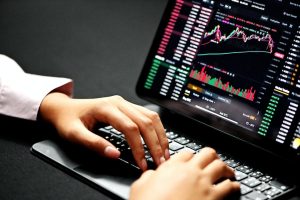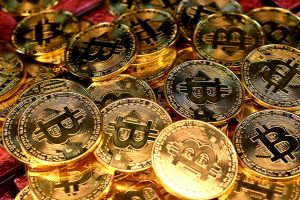The foreign exchange market, or forex market, is the largest and most active financial market in the world. It is a decentralized market where currencies are traded, and it operates 24 hours a day, five days a week. The forex market has a long history that dates back to ancient times, but it has evolved significantly over the years.
The earliest known currency exchange occurred in ancient Egypt around 2600 BC, where merchants would exchange goods and services using silver and gold. Later, during the Roman Empire, currency exchange became more formalized, with money changers exchanging coins from different regions.
The modern forex market, however, began to take shape in the late 19th century with the introduction of the gold standard. Under the gold standard, currencies were pegged to the value of gold, and the exchange rate between two currencies was determined by the difference in their gold reserves.
The gold standard was a significant step towards the creation of a global financial system, and it gave rise to the first international currency exchange markets in London and New York. These markets were initially used by banks and other financial institutions to facilitate trade and investment between countries.
However, the gold standard was abandoned during World War I, and the forex market went through a period of significant volatility and instability. The value of currencies fluctuated wildly, and there was no standard system for setting exchange rates.
In response to this instability, the Bretton Woods Agreement was signed in 1944. This agreement created a new global financial system that was based on the US dollar, which was pegged to the value of gold. Other currencies were then pegged to the US dollar, creating a stable system for international trade and investment.
The Bretton Woods Agreement also led to the creation of the International Monetary Fund (IMF), which was tasked with maintaining the stability of the global financial system. The IMF played a crucial role in helping countries to manage their exchange rates and balance of payments.
However, the Bretton Woods system began to break down in the 1970s, as the value of the US dollar became increasingly disconnected from the value of gold. In 1971, President Nixon announced that the US would no longer exchange dollars for gold, effectively ending the gold standard.
This led to the creation of a new forex market, where currencies were no longer pegged to a fixed standard. Instead, exchange rates were determined by supply and demand, and currencies could be freely traded.
The modern forex market has continued to evolve and grow since the 1970s, with the introduction of electronic trading platforms and the increasing participation of individual traders. Today, the forex market is the largest financial market in the world, with an average daily turnover of over $5 trillion.
In conclusion, the forex market has a long and fascinating history that dates back to ancient times. However, it was the introduction of the gold standard in the late 19th century that gave rise to the modern forex market. The forex market then went through a period of instability before the Bretton Woods Agreement created a stable global financial system. The breakdown of the Bretton Woods system in the 1970s led to the creation of the modern forex market, which continues to grow and evolve today.






